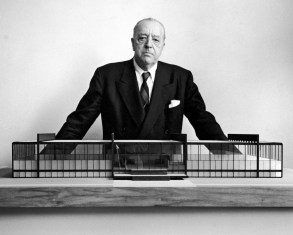
Mies with a model of his masterpiece, the Crown Hall on the campus of the Illinois Institute of Architecture in Chicago, USA
 udwig Mies van der Rohe, “Mies” as he was commonly referred to, would have been 128 years old today. He was born as Ludwig Mies in Aachen, Germany in 1886 but moved to the USA in 1937. He was one of the pioneering masters of modern architecture, along with Le Corbusier, Alvar Aalto and Frank Lloyd Wright.
udwig Mies van der Rohe, “Mies” as he was commonly referred to, would have been 128 years old today. He was born as Ludwig Mies in Aachen, Germany in 1886 but moved to the USA in 1937. He was one of the pioneering masters of modern architecture, along with Le Corbusier, Alvar Aalto and Frank Lloyd Wright.
Mies wanted to define a new, twentieth-century architectural style, just like the Classical or Gothic styles did for their own eras. He created a new way of designing, making use of modern materials such as steel and glass. Using these materials made it possible to create structures with minimal frameworks, creating an illusion of freedom and free-flowing spaces. “Skin and bones” architecture, as he referred to it himself. It is only logical that he was the man who came up with famous quotes like “Less is More” and “God is in the Details”.
Amazingly, Mies had no formal architectural training. Born in a trade-family (his father had a stone-carving shop) he only went to cathedral school until his 13th year, after which he started working in his father’s shop. From 1905 to 1907 he was employed by Bruno Paul, a Berlin furniture designer. But in 1908 he started as an apprentice in the design studio of famous German architect Peter Behrens. Here, Mies was exposed to new design theories and progressive German culture and it was here that Mies worked alongside Le Corbusier and Walter Gropius. His talent was quickly recognised and Mies was soon doing independent commissions for the Berlin cultural elite. It was at this time that he added “van der” and “Rohe” (his mother’s name) to his given name, probably to fit in in this new world.
In 1912 Mies started his own office in Berlin and through his residential architectural projects, combined with furniture design, he gained more and more recognition as a leader of the German modern movement. It was therefore that he was selected to design the German Pavillion for the Barcelona Industrial Exposition in 1929. It was for this Pavillion that Mies created the now iconic Barcelona Chair and Ottoman to offer the Spanish king and queen a place to rest (but in fact they never sat on them). The design was based on ancient Roman folding chairs, used by the Roman aristocracy in the times of Julius Ceasar.
Mies van der Rohe Pavillion Chair, more known as the Barcelona chair (because Mies designed the chair for the German Pavillion at the International Art Exposition in Barcelona, via Pinterest
Mies became the director of the avantgarde Bauhaus design movement , from 1930 until it was forcefully shut down in 1933 by Hitler’s Nazi’s as they rejected this modern style as “not German” in character(!). Five years later Mies emigrated to the United States where he accepted a position as the Head of Architecture at the Illinois Institute of Technology (ITT) in Chicago. One of the perks of this new job was that he was commissioned to design the new campus, of which all buildings still exist, including his masterpiece, the S.R. Crown Hall, considered to be the definition of “Miesian” architecture. Well, the rest is history, as the following impression of his work will show.
The Seagram Building, created for Canadian distillers Seagram and Sons on Fifth Avenue, NY. Completed in 1958 and now home to, amongst others, The Four Seasons restaurant
Created by Ludwig Mies van der Rohe for the German Pavilion at the 1929 Barcelona Exposition, the Barcelona couch features the hand-buffed frame and hand-pieced leather work.
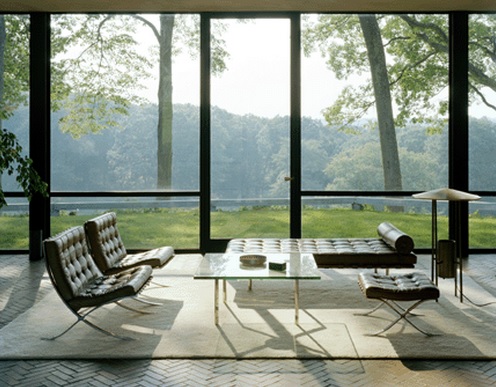
I love this whole, very “Miesian” setting, the furniture, the bare to the bones structure of the house and then that amazing view
If you enjoy reading my blog, please consider giving my Facebook page a “like”
YOU MAY ALSO LIKE:
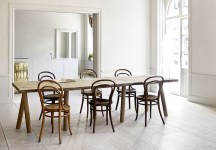 he history of the famous Thonet chairs, begins with Michael Thonet, pronounced "Toe-net" (instead of "Tho-nay"). He was the founder of a building- and furniture workshop in Boppard, Germany in 1819. His unique success story began with the transition of manual furniture production to industrial production. From the 1830's, Thonet…
he history of the famous Thonet chairs, begins with Michael Thonet, pronounced "Toe-net" (instead of "Tho-nay"). He was the founder of a building- and furniture workshop in Boppard, Germany in 1819. His unique success story began with the transition of manual furniture production to industrial production. From the 1830's, Thonet…



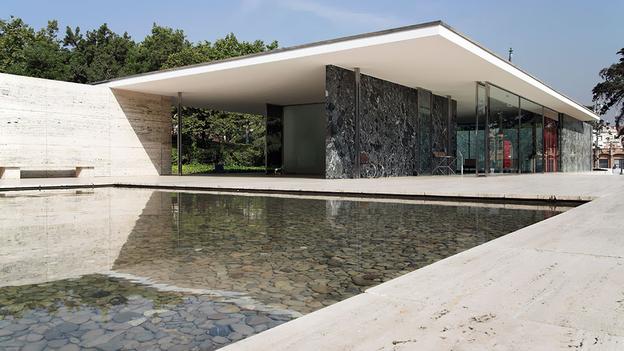
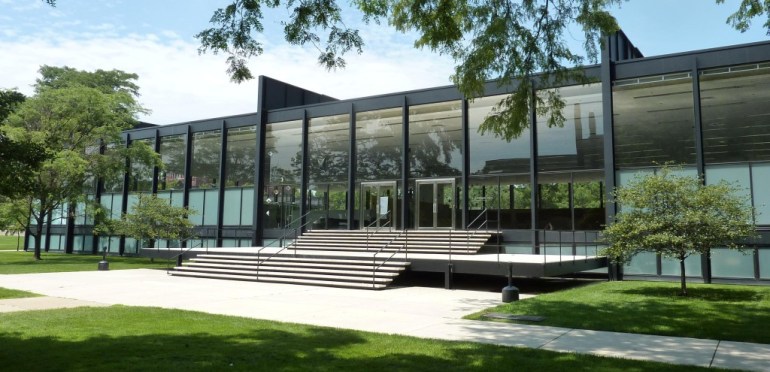
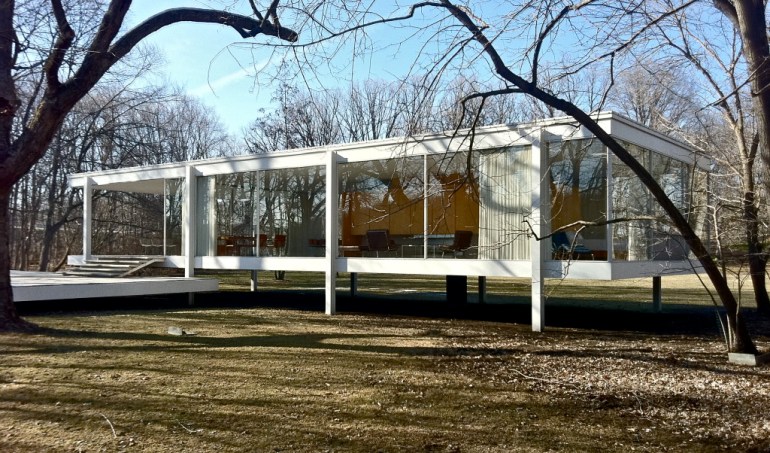
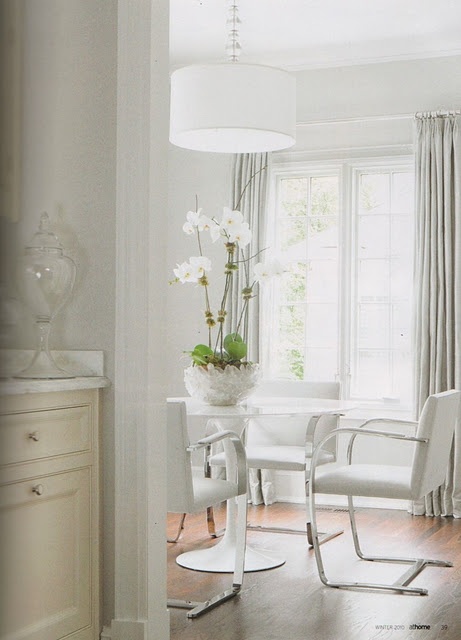
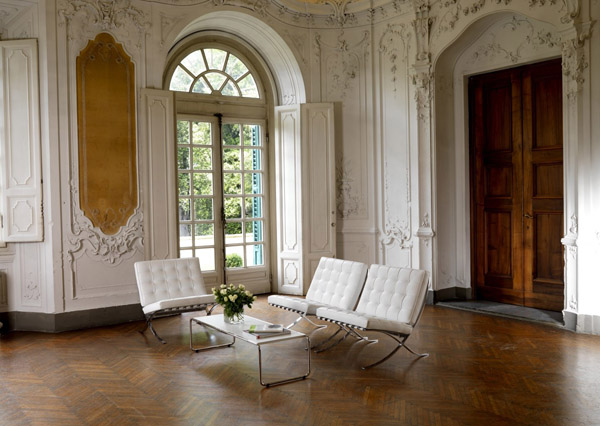
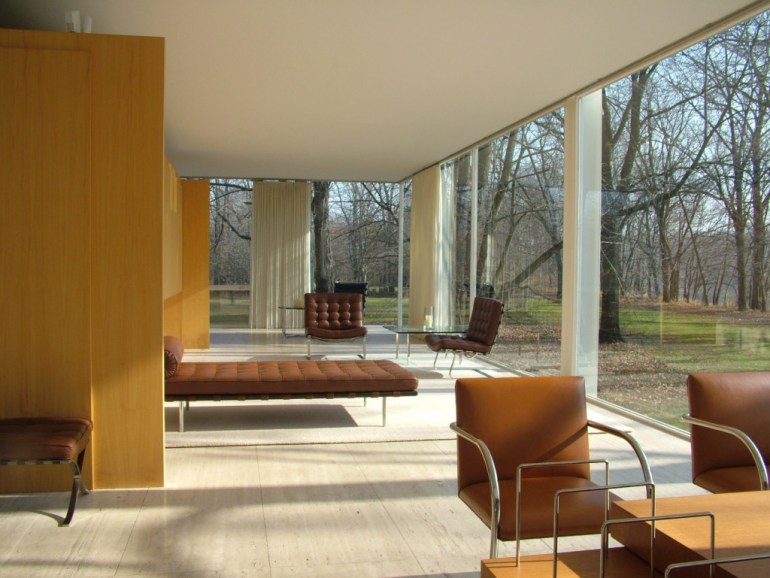
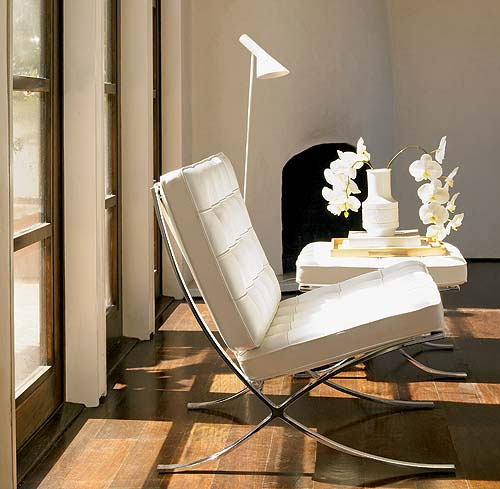
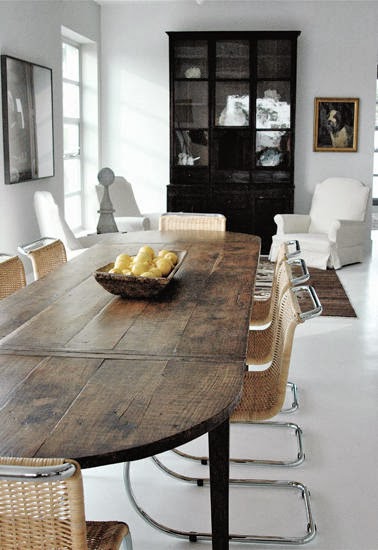
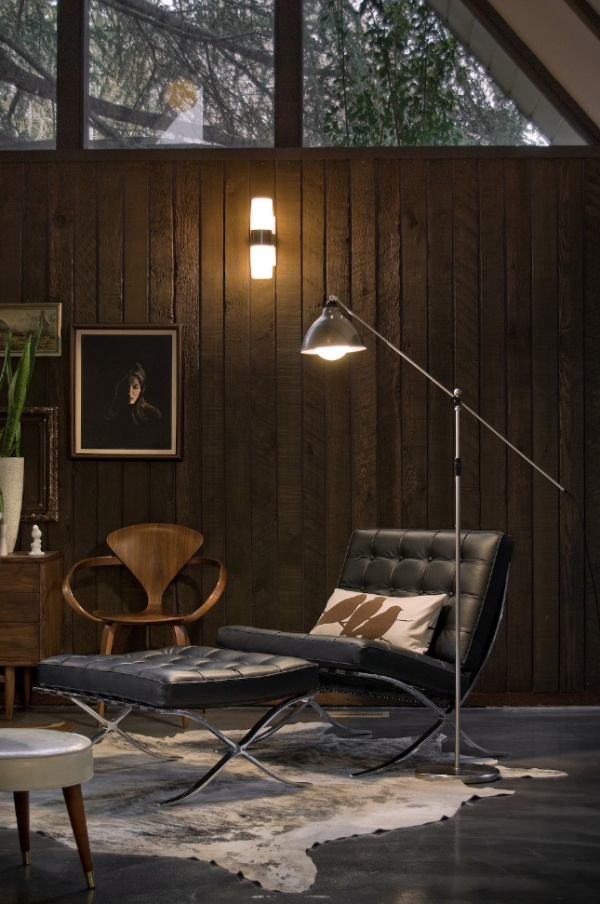
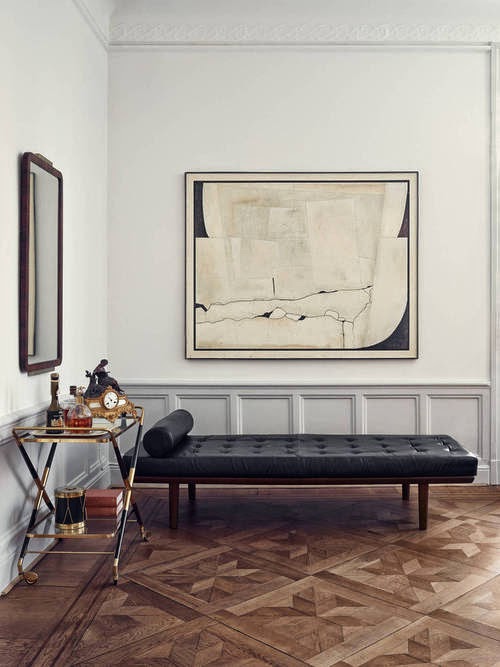
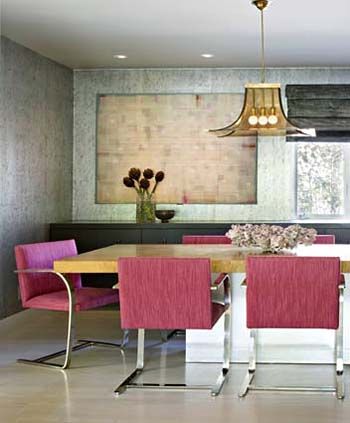
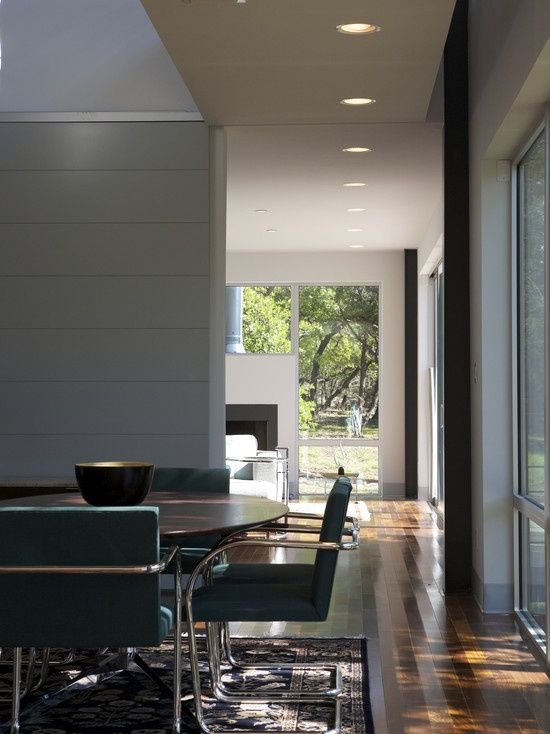
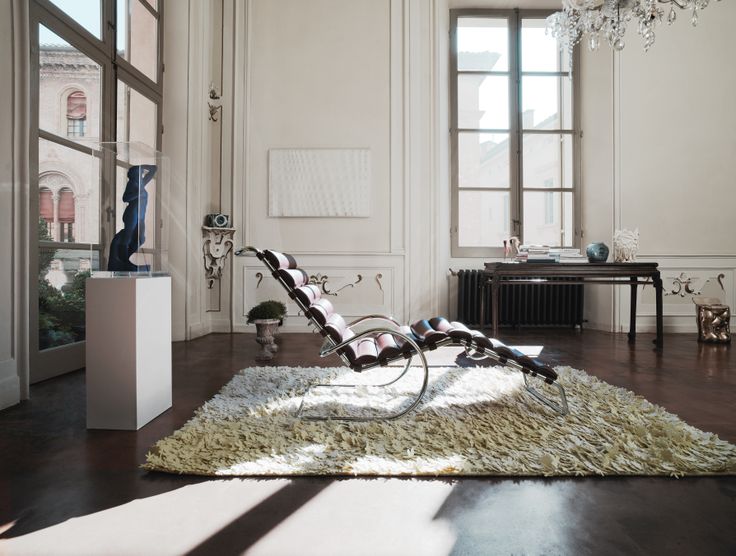
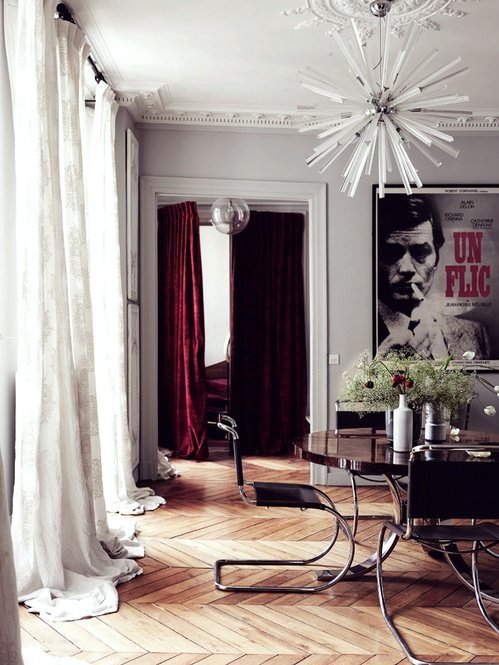


Mies van der Rohe was a forward thinking genius who redefined architecture and design. His work is a fresh and marvelous today as it was when it was created! Thank you for this wonderful portrait of the master!
Thanks Ellen! I totally agree with you 🙂
wow !
Thank you Machteld for a refresher blog into the work of a giant. I’m also a firm believer that “Less is More” and “God (perfection) is in the Detail”, because they both require additional effort in attention and self-restriction.
I find it very interesting that two (make it three with FLW) of the 20th century Masters of architecture and design never had formal training in the profession that they revolutionized.
What has nowadays, for the most part, became the odd mix of starchitecture, litigation, over-regulation and protectionism and, most unfortunately, social status irrelevance, was started more than a century ago by their creative force as the exercise in finding the right visual and form language for the contemporary built environment and the objects that can make an aesthetic statement beyond their functional requirements.
Too Iconic to be Cozy?
http://www.pinkbigmac.com/magazine/1034/barcelona-sessel-ein-design-klassiker-des-20-jahrhunderts.de.html
Pingback: MID CENTURY SIDEBOARDS - vkvvisuals.com/blog